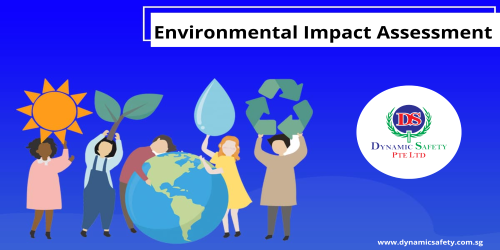



Blog
Environmental Impact Assessment: Purpose and Methods

Environmental Impact Assessment
Purpose and Methods:
A Local Planning Authority (LPA) must conduct an Environmental Impact Assessment (EIA) in order to make a decision on granting planning permission for a major project in the full knowledge of the likely environmental impacts. According to the EIA regulations, projects whose environmental impacts are likely to be significant must undergo an Environmental Impact Assessment, and those projects should be assessed, consulted on, and decided on.
The EIA process consists of five stages:
1. Screening: LPA determination of whether proposed projects fall within the scope of the regulations.
2. Defining the scope of the assessment: Identifying the environmental issues to be considered. A LPA's opinion can be sought by the applicant.
3. Preparation: Information gathering and analysis to determine whether the development might have an adverse environmental impact, measures to mitigate it, and presentation of the results as an Environmental Statement (ES).
4. Submission and consultation: Planning applications must be accompanied by an opportunity for statutory consultees and the public to comment on the proposed development and the ES submitted.
5. Decision making: The LPA and/or the Secretary of State must take into account the ES, any comments and representations made on it, and any other relevant information when deciding whether to grant consent.

